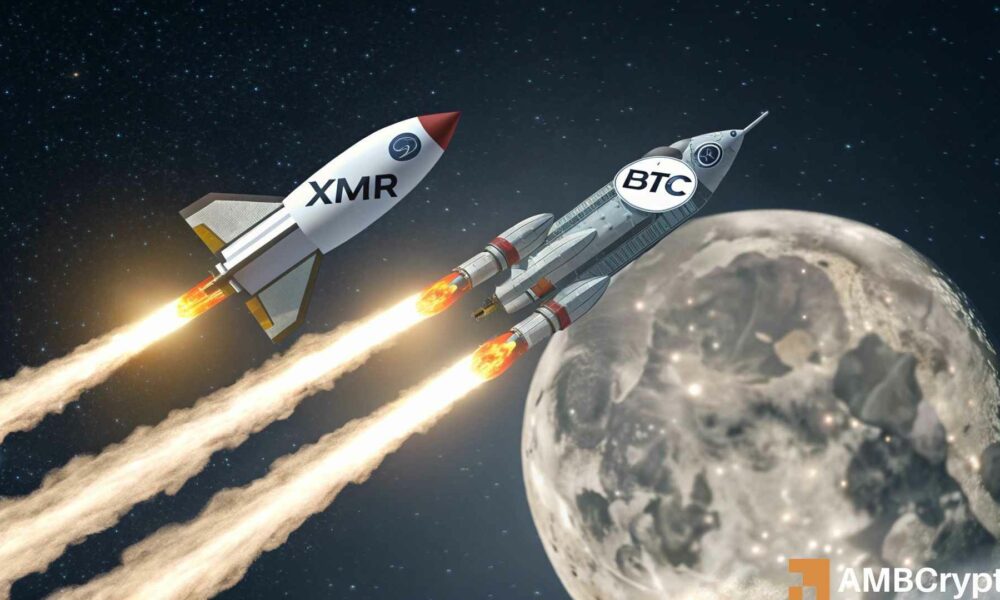Hey, all my friends in the cryptocurrency circle! The highly anticipated event of Bitcoin halving has finally come around again! It's like a grand festival in the crypto world. Every time Bitcoin undergoes a halving, it's as if a huge rock is thrown into a calm lake, creating ripples and bringing a massive impact to the entire market. So, after this historic moment, where is the Bitcoin market headed?

Bitcoin halving, simply put, is a mechanism in the Bitcoin network designed to control the money supply. Every time 210,000 blocks are mined, the reward that miners receive in Bitcoin is cut in half. For example, if miners could originally mine 10 Bitcoins a day, after the halving, they can only mine 5. This mechanism was set by Satoshi Nakamoto when designing Bitcoin, aiming to mimic the mining process of scarce resources like gold and make Bitcoin scarce.
Looking at historical data, Bitcoin halving often leads to significant price fluctuations. After the halvings in 2012 and 2016, the price of Bitcoin experienced remarkable increases. After the 2012 halving, the price of Bitcoin soared from a dozen dollars to over a hundred dollars. After the 2016 halving, it even rose from a few hundred dollars to a record high of nearly $20,000. This has made many investors full of expectations for the market after this halving.
However, history doesn't repeat itself exactly. The Bitcoin market today is very different from the past. On the one hand, as Bitcoin becomes more well - known and more investors participate, the market scale has become much larger. This means that the stability of the market may be enhanced, and price fluctuations may not be as severe as before. On the other hand, the global economic situation and policy environment are constantly changing. Governments around the world are becoming clearer about their regulatory attitudes towards cryptocurrencies, which may have a certain impact on the development of Bitcoin.

For miners, the impact of Bitcoin halving is more direct. Since the mining reward is halved, miners' incomes will also be correspondingly reduced. This may cause some inefficient miners to exit the market, resulting in a decrease in the overall network computing power. And a decrease in computing power may affect the security and stability of Bitcoin. However, from another perspective, it may also prompt miners to continuously improve their mining technology and efficiency to adapt to the new market environment.
So, how will the Bitcoin market develop in the future? In fact, no one can give a definite answer. The market trend is affected by various factors, including the macro - economic situation, policies and regulations, and investor sentiment. However, we can conduct some analysis and predictions from certain aspects.
In the long run, the scarcity of Bitcoin is an important support for its value. As the halving continues, the supply of Bitcoin will become less and less, while the market demand may increase over time. This may drive up the price of Bitcoin. However, in the short term, the market may experience some fluctuations and uncertainties. Investors need to stay rational and do a good job in risk control.

In conclusion, the historic moment of the Bitcoin halving impact has arrived, and the future development of the market is full of opportunities and challenges. As investors, we should closely monitor market dynamics, continuously learn and understand relevant knowledge about Bitcoin to better cope with market changes.
















No comments yet